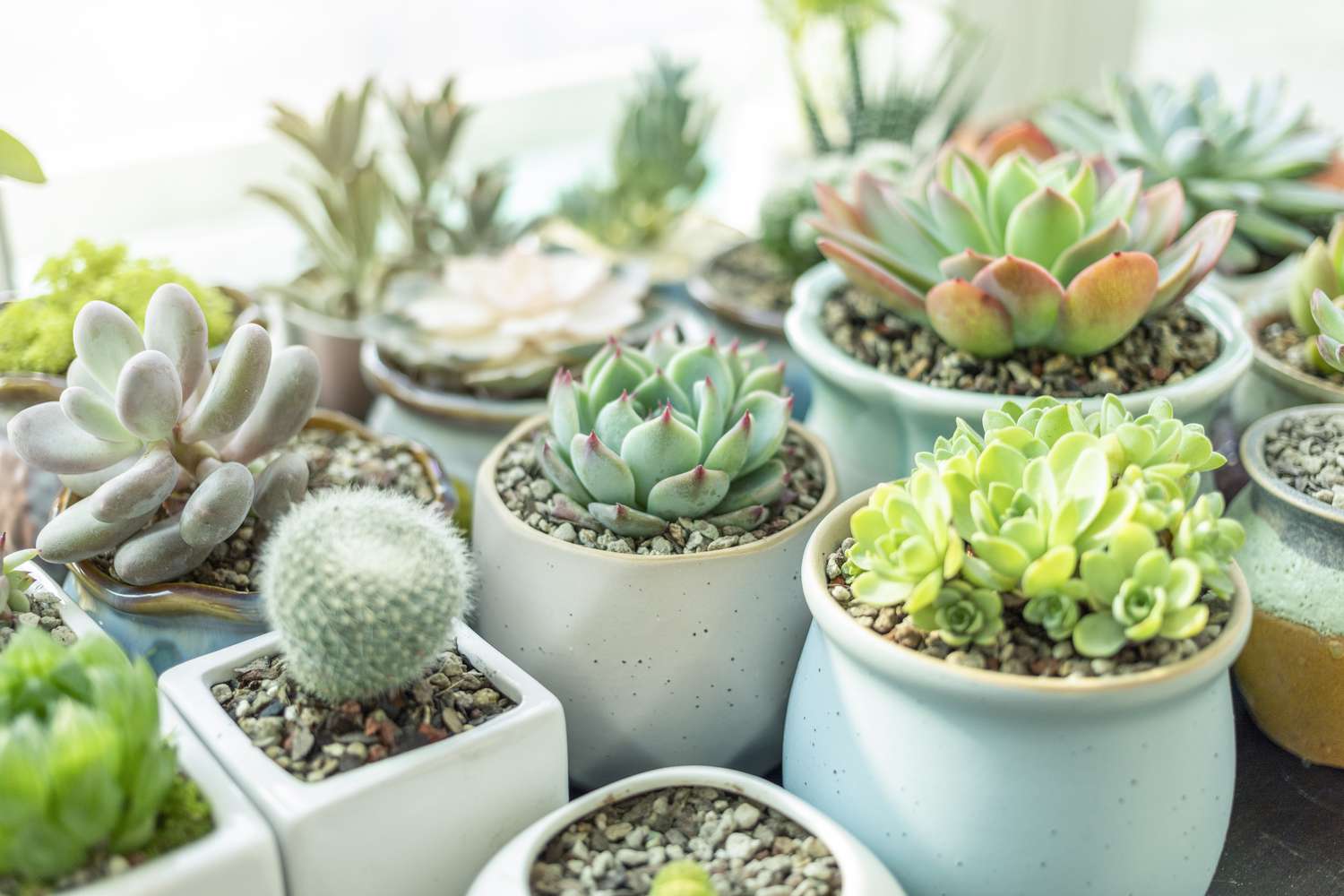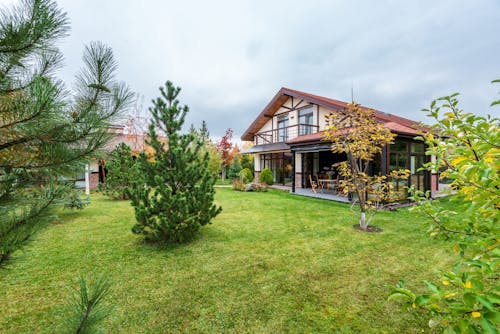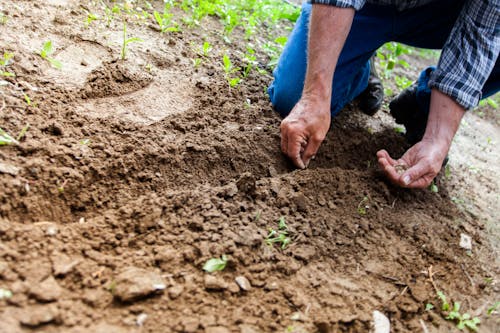Introduction to Low-Light Plants
Low-light plants are a popular choice for indoor gardening enthusiasts, offering the opportunity to bring a touch of greenery into spaces with limited natural light. Understanding what constitutes low-light conditions and which plants thrive in such environments is essential for successful indoor gardening endeavors.
What Defines low-light Light Conditions?
Understanding Light Levels
Low-light conditions typically refer to areas where natural sunlight is minimal or indirect. This can include spaces shaded by buildings or obstructed by trees, as well as interior rooms with limited access to windows.
Factors Affecting Light Availability
Various factors influence light availability indoors, including building orientation, window size and placement, and obstructions such as curtains or blinds. Additionally, seasonal changes and weather conditions can impact the amount of sunlight reaching indoor plants.
Benefits of Low-Light Plants
Low-light plants offer several advantages for indoor spaces, including:
Improved Air Quality
Many low-light plants are known for their air-purifying properties, helping to remove toxins and improve overall indoor air quality.
Stress Reduction
The presence of greenery has been linked to reduced stress levels and improved mental well-being, making low-light plants ideal for creating a calming indoor environment.
Low Maintenance
Low-light plants are often resilient and require minimal care, making them suitable for busy individuals or those new to gardening.
Types of Low-Light Plants
There is a wide variety of low-light plants to choose from, including:
Succulents
Succulents, such as aloevera and jade plants, are known for their ability to store water in their leaves, making them well-suited to dry indoor environments with limited sunlight.
Ferns
Ferns thrive in low-light conditions and are prized for their lush foliage and air-purifying properties.
Peace Lily
The peace lily is a popular choice for low-light environments, producing elegant white flowers and thriving in shady conditions.
Snake Plant
Also known as mother-in-law’s tongue, the snake plant is valued for its striking upright leaves and ability to tolerate low light and neglect.
Pothos
Pothos, or devil’s ivy, is prized for its trailing vines and resilience in low-light conditions, making it a popular choice for hanging baskets or shelves.
ZZ Plant
The ZZ plant is known for its glossy, dark green leaves and ability to thrive in low light and drought conditions, making it a low-maintenance option for indoor gardening.
How to Care for Low-Light Plants
Proper care is essential for the health and vitality of low-light plants. Key considerations include:
Watering
Avoid overwatering low-light plants, as they are more susceptible to root rot in moist soil. Instead, allow the soil to dry out slightly between waterings.
Soil Requirements
Choose a well-draining potting mix specifically formulated for indoor plants to ensure adequate aeration and drainage.
Pruning and Maintenance
Regularly remove dead or yellowing leaves and inspect plants for signs of pests or diseases. Pruning can help promote healthy growth and maintain the appearance of low-light plants.
Common Mistakes in Low-Light Plant Care
Despite their resilience, low-light plants can suffer from neglect or improper care. Common mistakes to avoid include:
Overwatering
Excessive moisture can lead to root rot and other fungal diseases in low-light plants, so it’s essential to water sparingly and allow the soil to dry out between waterings.
Poor Drainage
Inadequate drainage can also contribute to root rot and soil compaction, so be sure to use pots with drainage holes and a well-draining potting mix.
Inadequate Light Exposure
While low-light plants can tolerate shade, they still require some natural sunlight to thrive. Be mindful of placing plants too far from windows or in completely dark corners.
Best Locations for Low-Light Plants
Low-light plants can thrive in various indoor spaces, including:
Bathrooms
Bathrooms with frosted or obscured windows are ideal for low-light plants that prefer high humidity levels, such as ferns or peace lilies.
Offices
Low-light plants are a popular choice for office environments, adding a touch of greenery to cubicles or shared workspaces.
Bedrooms
Bedrooms with limited natural light can benefit from the air-purifying properties of low-light plants, promoting a restful sleep environment.
Hallways
Brighten up dark hallways or entryways with low-light plants that require minimal maintenance and can tolerate low-light conditions.
Decorative Uses of Low-Light Plants
In addition to their health benefits, low-light plants can enhance the aesthetic appeal of indoor spaces, including:
Interior Design
Incorporate low-light plants into interior design schemes to add color, texture, and visual interest to rooms.
Aesthetic Appeal
Choose low-light plants with unique foliage or interesting growth habits to serve as focal points or conversation starters in your home or office.
Feng Shui
Incorporate low-light plants into feng shui principles to promote positive energy flow and balance in indoor environments.
Popular Low-Light Plants for Beginners
If you’re new to indoor gardening, consider starting with these low-light plants:
Spider Plant
Spider plants are easy to care for and produce cascading foliage, making them an attractive option for hanging baskets or shelves.
Cast Iron Plant
As its name suggests, the cast iron plant is incredibly resilient and can tolerate low light, drought, and neglect.
Chinese Evergreen
Chinese evergreens are known for their striking foliage patterns and ability to thrive in low-light conditions, making them an excellent choice for beginners.
DIY Low-Light Plant Projects
Get creative with low-light plants by incorporating them into DIY projects, such as:
Terrariums
Create miniature ecosystems using low-light plants, decorative rocks, and glass containers for a unique indoor display.
Plant Stands
Build or repurpose plant stands to showcase your low-light plants and elevate them to eye level for maximum impact.
Hanging Gardens
Utilize macramé hangers or wall-mounted planters to create vertical gardens featuring low-light plants in tight spaces.
Low-Light Plants for Different Seasons
While low-light plants are generally adaptable, consider seasonal variations in light availability when caring for indoor plants.
Winter
During the winter months, when daylight hours are shorter, consider supplementing natural light with artificial grow lights to support plant growth.
Summer
In summer, be mindful of increased heat and humidity levels, which can affect the water requirements of low-light plants.
Fall
As temperatures cool in the fall, adjust the watering frequency and monitor plant health for signs of stress or disease.
Spring
Spring is a time of renewal and growth for low-light plants, so take advantage of increased daylight hours to encourage healthy foliage development.
Dealing with Pests and Diseases
Preventative measures and prompt action are essential for managing pests and diseases in low-light plants.
Prevention
Maintain good plant hygiene by removing dead or diseased foliage, and avoid overcrowding plants to minimize the risk of pest infestations.
Natural Remedies
Try natural remedies such as neem oil or insecticidal soap to control common pests like aphids or spider mites without harming your low-light plants.
Treatment Options
If pests or diseases do occur, promptly isolate affected plants and treat them with appropriate fungicides or pesticides to prevent further spread.
Low-light plants in Urban Environments
Low-light plants are well-suited to urban living conditions, including:
Apartment Living
Apartment dwellers can enjoy the benefits of indoor gardening by selecting low-light plants that thrive in confined spaces with limited natural light.
Office Spaces
Bring the beauty of nature into the workplace by incorporating low-light plants into office decor, promoting a productive and inviting atmosphere.
Urban Gardens
Transform balconies, rooftops, or small outdoor spaces into urban oases with low-light plants that can withstand city living conditions.
Tips for Choosing the Right Low-Light Plant
Consider the following factors when selecting low-light plants for your indoor space:
Assessing Space
Evaluate the available light levels and space constraints to choose low-light plants that are well-suited to your specific indoor environment.
Consideration of Pet Safety
Some low-light plants may be toxic to pets if ingested, so research pet-friendly options or keep potentially harmful plants out of reach of curious animals.
Personal Preferences
Select low-light plants that align with your aesthetic preferences and gardening style, whether you prefer lush foliage, colorful blooms, or unique plant varieties.
Conclusion
Low-light plants offer a versatile and low-maintenance option for indoor gardening enthusiasts, allowing you to bring the beauty of nature into any space, regardless of natural light availability. By understanding the unique needs and characteristics of low-light plants, you can create thriving indoor garden displays that enhance your environment and promote overall well-being.
FAQs
- Can low-light plants survive in completely dark rooms?
- While some low-light plants can tolerate shade, they still require some natural light to thrive. Placing them in completely dark rooms may result in stunted growth or poor health.
- How often should I water my low-light plants?
- The frequency of watering will depend on factors such as plant type, pot size, and environmental conditions. It’s best to allow the soil to dry out slightly between waterings to prevent overwatering.
- Are low-light plants suitable for offices with artificial lighting?
- While low-light plants can tolerate shade, they still benefit from natural sunlight. If your office has limited access to natural light, consider supplementing with full-spectrum grow lights to support plant growth.
- Can I fertilize my low-light plants?
- Fertilizing low-light plants is not always necessary, as they typically have lower nutrient requirements compared to plants that receive more sunlight. However, you can use a diluted, balanced fertilizer occasionally during the growing season to support healthy growth.
- What are some signs that my low-light plant isn’t receiving enough light?
- Common signs of insufficient light exposure in low-light plants include pale or yellowing leaves, stunted growth, and leggy or elongated stems as the plant stretches towards the nearest light source.



